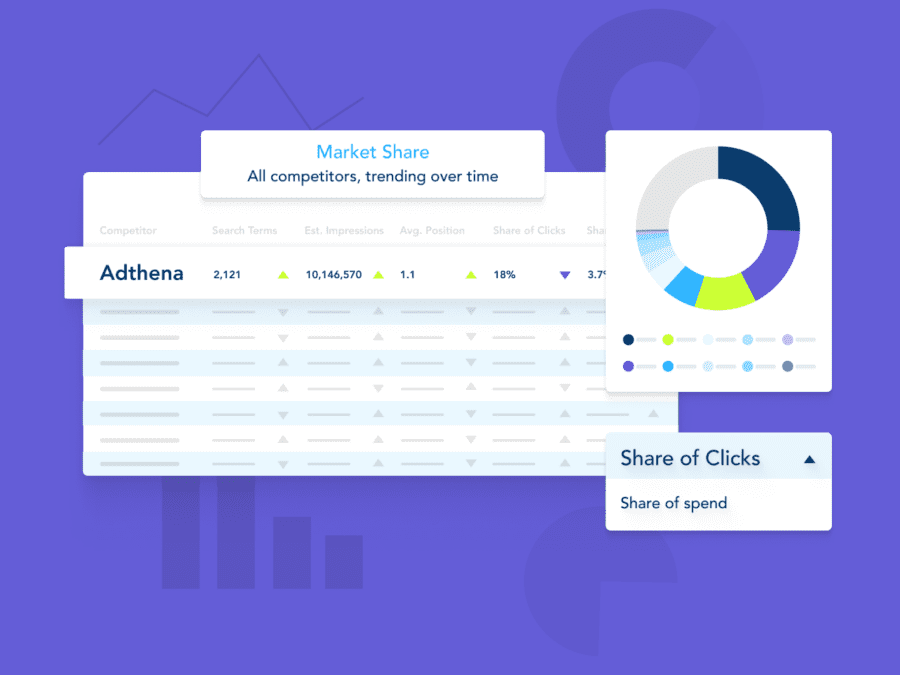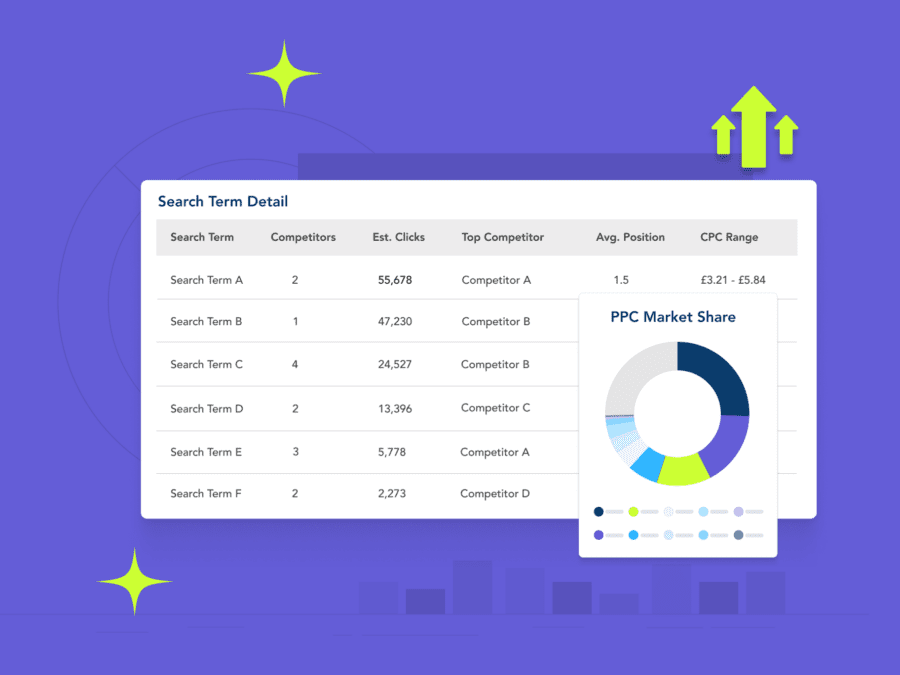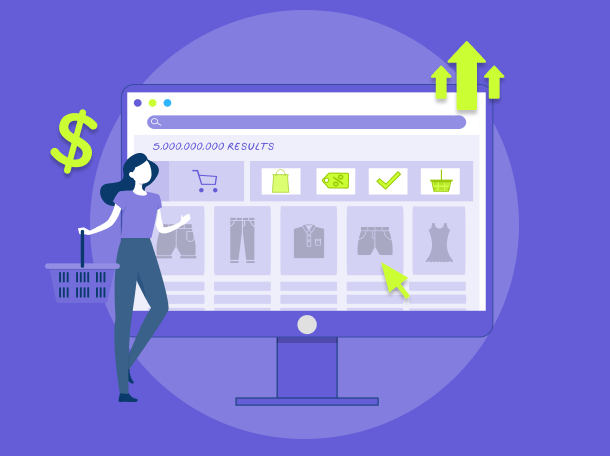The online retail space has become even more competitive over the last three years, making it even more important for retailers to reassess their search strategies. Marketing teams need to take a fresh look at the search landscape and answer key questions…
What should we be doing to dominate the SERP? Where is the market demand now? What opportunities can we capitalize on? And, most important, what are our competitors doing?
Without a true understanding of your position in the market and your competition, you may be losing out on key sales or overspending in the wrong areas. Don’t waste time guessing or making assumptions.
Here are three ways to fact-check your search strategy with competitive intelligence:
1. Check for keywords you’re missing out on
Google provides data on terms you’re bidding on, but not your competitors’ terms. This limits your ability to identify new high-performing search terms and monitor competitor tactics. You may well be losing market share because competitors are using keywords you haven’t considered or aren’t showing for.
Look beyond what’s in your Google Ads account with Adthena’s search term opportunities. Right down to the search term level, you can see the total number of clicks and impressions you could be getting and where you could be getting more impact for less spend.
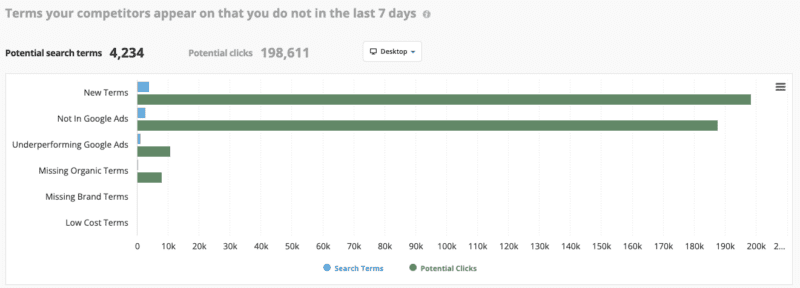
Bonus points: Run a head-to-head comparison against your top competitors to see how your strategy stacks up across every product category and what they’re doing that you’re not.
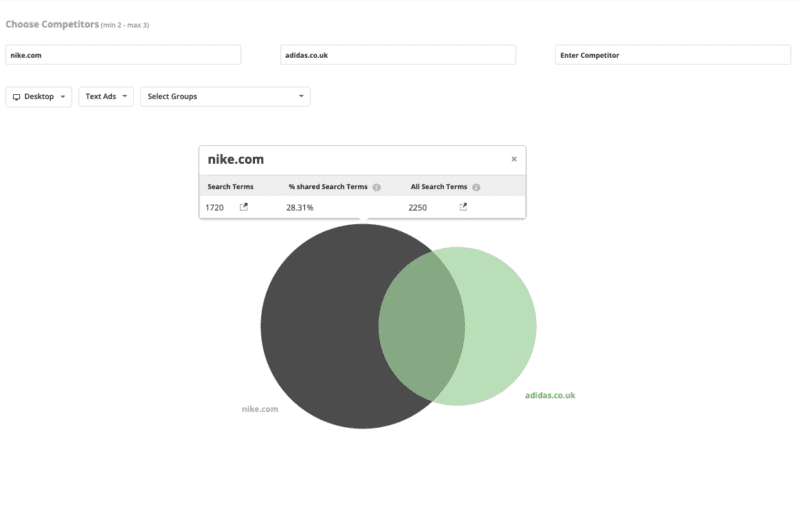 2. Monitor current demand trends
2. Monitor current demand trends
Closely monitoring trends across your product categories is the best way to anticipate and take advantage of market shifts. Watching for movements can help you make predictions about what’s ahead, track competitor impressions, spot frequency swings, and more. Ask yourself what your competitors are doing and where should you be shifting your focus? How do their strategies compare to yours?
By capturing search query data and identifying what categories your competitors are betting on, you can prepare to meet demand, promote a greater variety of products in hot categories, and allocate budget to the right terms.
Bonus points: Do you operate in multiple markets? Local search intelligence can help you identify trends unique to each region and offer what customers are looking for.
3. Check your Share of Search
Share of Search is a powerful metric that can alert you to intent signals you might otherwise miss. It measures organic searches for your brand as a percentage of the total searches for all brands in that category. (Try it out here with our free calculator.)
It can help you answer questions like: Is our brand under threat from the competition? Is our brand underperforming in certain locations? Should we invest more in brand campaigns?
Share of Search is the best way to benchmark your search performance vs. competitors.
Bonus points: Go beyond looking at your brand terms to see where you sit across generics. Look at how much traffic each competitor is getting and what they’re spending to achieve it.
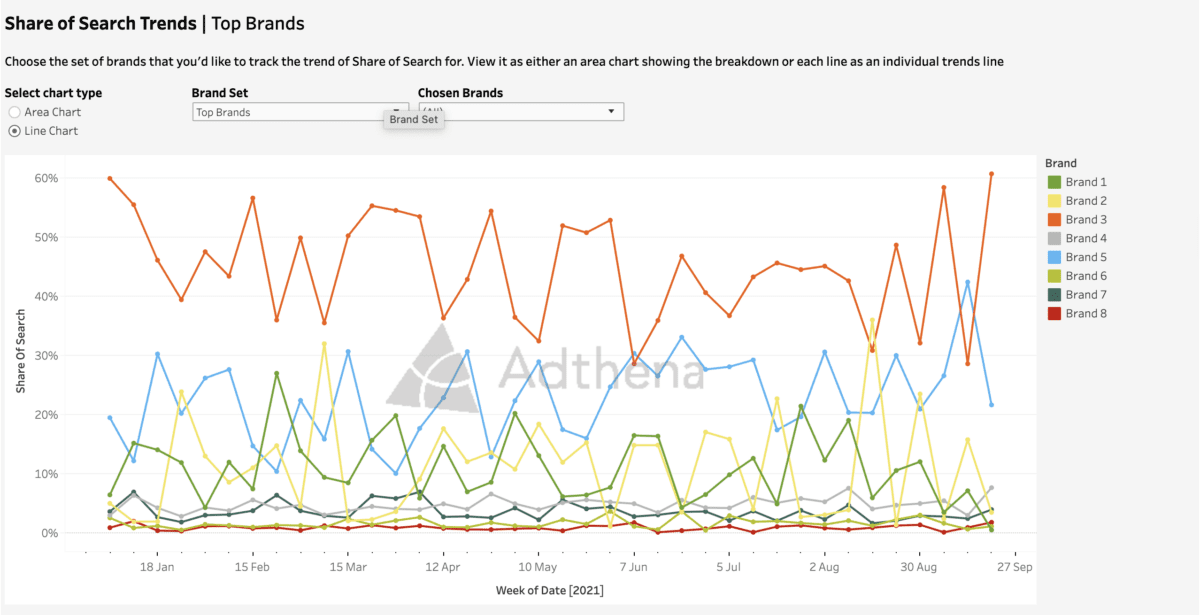

You don’t know what you don’t know
It’s a new ecommerce world out there. Now’s the time to fully leverage search intelligence across each of your product categories to:
- Identify gaps and opportunities that are costing you market share
- Predict and meet market demand
- Understand and influence where you stack up against your competitors
Now, share what you know! Search intelligence benefits your entire business
The magic of search intelligence is that it can give you information to guide all your marketing efforts and strategic business decisions, not just dominate the SERP.
When you understand consumer trends and competitor strategies, everyone in the business can benefit from those insights.
Should we be running a different promotion or increase budgets across a specific campaign? Do we need more stock to meet demand ahead? Search intelligence can help product and design teams understand demand trends and consumer preferences. Strategy teams can get insights to inform new releases, pricing, promotions, and incentives. And social media teams can keep messages on trend.
Get started with your retail fact-check. Reach out to Eloise Kuljanic for expert assistance.

